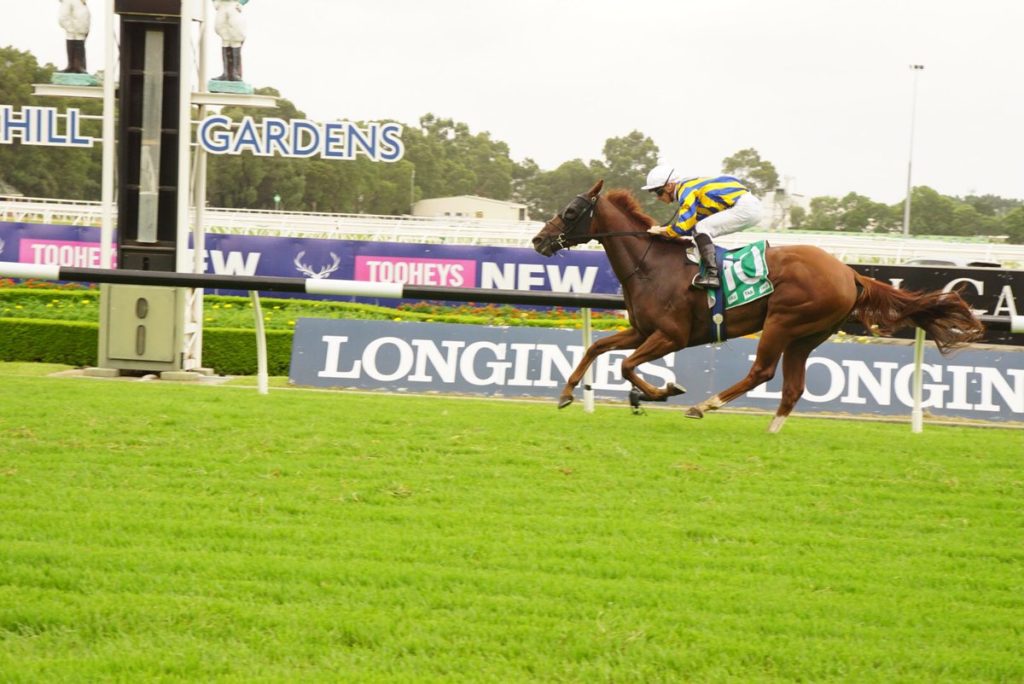A Brief Look at the History of Horse Racing in Australia
Australia is known for its exceptional lineage of thoroughbreds and with good reason. There’s a rich history behind the sport of horse racing in the country that dates as far back as the formation of Australia as fledgling colony.

If you’re interested in learning about the roots of Australian horse racing, then read on.
The Introduction of Thoroughbred Horses to Australia
Once the first settlement in Australia was established in 1788, the colonists introduced a small population of horses that consisted of one stallion, a colt, and five mares. The breeding of these animals was slow, with only two hundred horses accounted for by the turn of the century.
By 1810, there was a boom in their population, totalling over a thousand horses by this time. Prior to this, the Australian government began importing thoroughbreds from Cape Town and India, introducing stronger horse breeds into their current stock. Two of the most notable imported breeds that began the trend were the Rockingham and Northumberland thoroughbreds.
This was an auspicious start to Australia’s horse racing tradition as the bloodhorse population began to swell in the following decades. Strong lineages like Manto and Malua have been produced since the 1800s and still continue to produce champions to this day.
Australian thoroughbreds have become a very successful export due to the superior breeds that have been produced here. Australia has also gained some fame with the importation of shuttle stallions to be used as studs during the northern hemisphere’s winter season.
The Advent of Horse Racing and Its Early Prominent Clubs
The introduction of the initial thoroughbred racehorses gave rise to horseracing events in the country. In 1810, the first official horse race was held on the 15th of October and was presided over by the new governor of the colony, Lachlan Macquarie. The race took place during a three day carnival and the designated race track used was located at Hyde Park, Sydney. Races were held annually for the next three years until the regiment in charge of the event left in 1813.
Horse races were held on and off in the next few decades, with the succeeding governors showing their support in varying degrees to the growing interest that people were having on horse racing. Several racing clubs also began emerge, such as the Sydney Turf Club, the Australian Racing and Jockey Club, the Victorian Racing Club, and many others.
In 1840, the Australian Race Committee was formed as an officiating body that would regulate and organize horse racing as a whole. Two years later, the Australian Race Committee would be reformed under its new name: the Australian Jockey Club. It was recognized as the premiere racing club at the time and has left a lasting legacy by founding the Australian Stud Book, which is still used to this day.
In more recent times, a merger between the Sydney Turf Club and the Australian Jockey Club was initiated in 2011 to save the then flagging New South Wales racing industry. The new body was formed as the Australian Turf Club and operates from its headquarters in Sydney.
Recognizing the Appeal of Horse Racing
The sport of horse racing has grown considerably since its humble beginnings when Australia began as a fledgling colony. As a sport, it is deeply ingrained in the culture of the people where everyone can get together and share in racing tips Australia has grown to love. As the country continues to breed more exceptional bloodhorses, with a fantastic styling and grooming industry as seen via brands such as LeMieux, there’s no doubt that horse racing will continue to be a thriving industry that its people enjoys..













